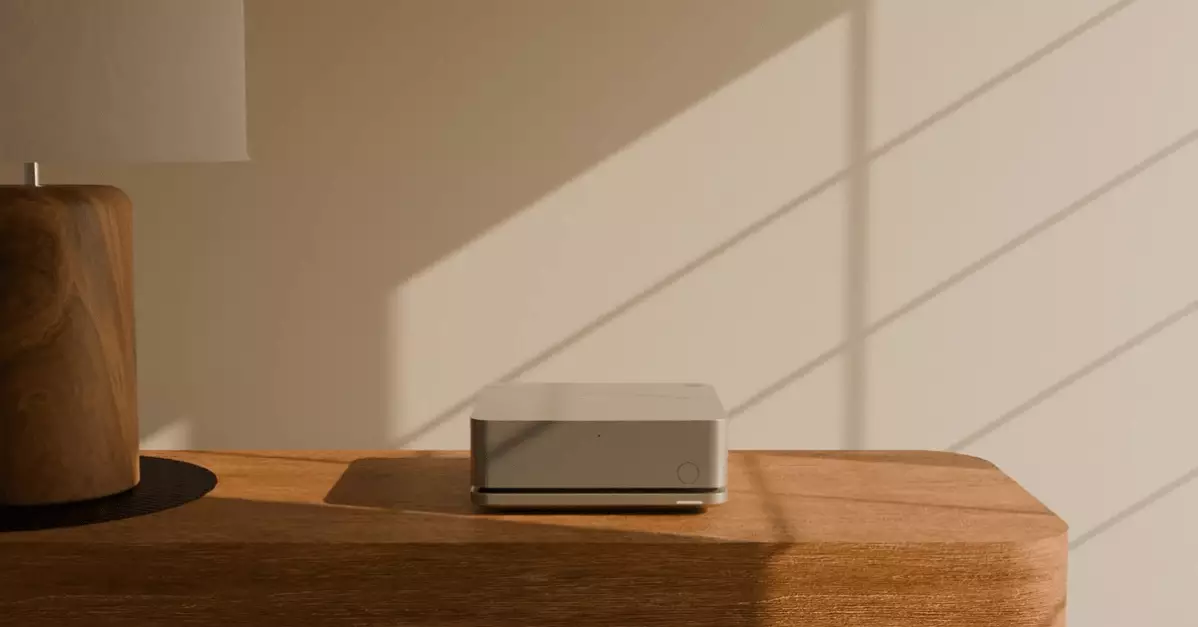Ultrahuman has entered the crowded market of smart home technology with a compelling offering—a $549 device designed specifically to monitor environmental factors that can significantly affect health. Dubbed the Ultrahuman Home, this gadget is eloquently styled to resemble a Mac Mini, making it a visually appealing addition to any modern home. However, while it boldly claims to enhance our understanding of internal surroundings by tracking air quality, temperature, noise levels, light exposure, and humidity, the question arises: is it genuinely transformative for our living conditions or just another gadget in a saturated market?
A Deep Dive into Environmental Factors
The Ultrahuman Home is equipped with advanced sensors to assess crucial environmental data such as levels of fine particulate matter, carbon dioxide, carbon monoxide, and various harmful pollutants. With the ability to monitor noise fluctuations and different types of light—ranging from UVA to infrared—this device seems poised to empower users in their quest for optimal living conditions. By providing insights into how noise or poor light exposure might impact sleep quality or overall wellness, Ultrahuman appears to take a significant stride in the health tech space.
Nevertheless, what’s notably missing from this gadget is the capacity to act upon its findings. Although it provides valuable insights through a mobile app, the Ultrahuman Home doesn’t integrate into existing smart home ecosystems. This oversight is disheartening, given that many consumers expect such devices to not only monitor but also contribute to solutions—like adjusting air quality or light levels automatically.
Syncing Up Health and Home Data
One compelling feature of the Ultrahuman Home is its ability to pair with the Ultrahuman Ring wearable device. This partnership unlocks the “UltraSync” feature, which analyzes how environmental factors relate to individual health metrics such as heart rate and recovery patterns. This symbiotic relationship between the home device and the wearable adds a unique flair, suggesting that environmental awareness can inform personal health management. However, it also raises a critical point: the reliance on an additional device just to make sense of data feels cumbersome.
Users should be wary that identifying sources of discomfort without the means to rectify them can lead to frustration. For example, if you realize that elevated noise levels disrupted your sleep, what recourse do you have without inherent solutions in the Ultrahuman Home? Active control mechanisms would have turned this innovative concept into a holistic health management tool.
While Ultrahuman has undoubtedly produced an aesthetically pleasing and informative device, the limitations of the Ultrahuman Home become stark upon closer inspection. It successfully offers a treasure trove of data without any real capability for actionable change. Users are left with an extensive understanding of their home environment but no tools to improve it. This conundrum highlights a critical gap in the smart home ecosystem—data alone isn’t enough. In a world increasingly dependent on integrated solutions, the Ultrahuman Home serves as a reminder that true innovation must marry monitoring with proactive adjustments.

